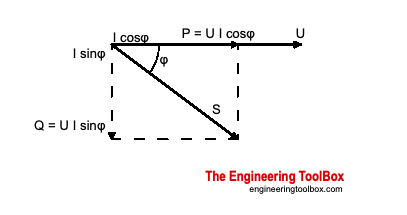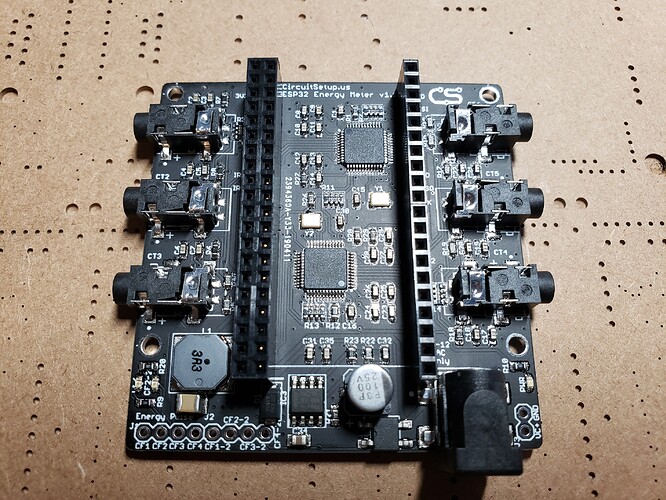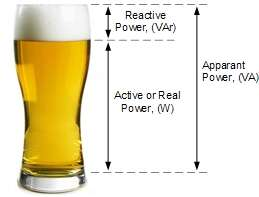It’s not as simple as that.
Sadly, that’s wholly inaccurate. What you should be looking at are two vectors - real power and reactive power are mutually at right angles, and apparent power is the hypotenuse of the resulting triangle.
See: AC - Active, Reactive and Apparent Power
I was taught “imaginary power” rather than “reactive power”, which is rather apposite, as there’s actually no power transferred at all - hence “imaginary”.
In this diagram (from the link above - and we’re talking about the hypothetical pure sine wave here), P is real power, Q is reactive power, and S is apparent power.

Now if you’re thinking of phase errors, φ can represent the phase error in the measurement. When it is zero, the Q vector collapses to zero, and P & S are equal in length and coincident. Their ratio is also cos φ and is equal to 1. Now if φ changes either way by a few degrees, you can see that while S remains the same length (because VRMS & IRMS don’t change, so their product S doesn’t change), P becomes shorter but by a tiny amount. It’s hard to find that peak.
Now look at it when you are measuring reactive power (which the emonTx/emonPi standard sketches can’t do). A small change of φ either way by a few degrees makes Q change sign, and change by a much larger amount too.
If you’re still not convinced, look at the difference between cos(0°) and cos(2°),
and sin(0°) and sin(2°).
For anyone without a calculator handy, the numbers are 0.000609 and 0.0349 - the difference is 57 times bigger.





